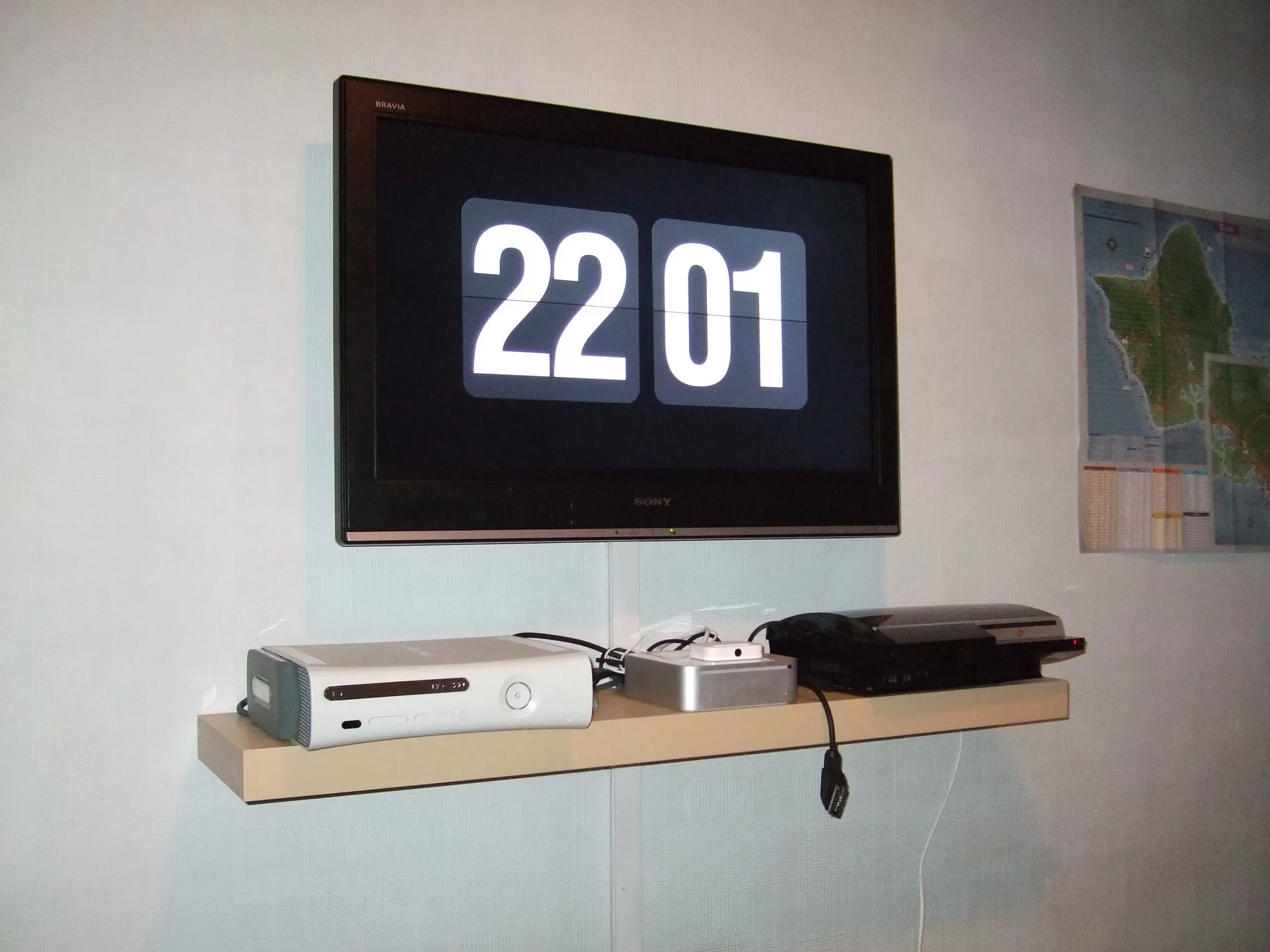TV mounting is a task that might appear straightforward, but it carries some complexities that make the involvement of professionals essential.
Trained technicians like those in Brooklyn TV Mounting understand the importance of correct bracket placement, ensuring that the TV is not only level but also secured to handle the weight.

They are knowledgeable about different wall materials and have the right tools to safely install the TV without causing damage.
Additionally, they can neatly manage cables and wires, providing a clean and aesthetically pleasing setup.
Their expertise also comes in handy in maximizing viewing comfort by determining the optimum height and angle for the TV mount.
Hiring professionals like Brooklyn TV Mounting to install your TV mount can provide peace of mind, especially if you’re not comfortable with DIY projects or if you have a larger and more complex setup.
Here’s what you can expect during the TV mounting installation process when working with professionals:
During the initial consultation, the professional mounting service will discuss your specific needs and assess the installation area.
They will take into account the size and weight of the television, the wall material, and the location of power outlets and other connections.
They will also consider your viewing preferences and seating arrangement to determine the ideal height and angle for the mount.
The site assessment is the second step in the installation process.
The technician will thoroughly inspect the installation area, checking for any potential obstacles such as studs, insulation, wiring, or pipes within the wall that might interfere with the mounting process.
They will also measure the wall to ensure the TV mount fits perfectly.
Depending on the wall type – whether it’s drywall, brick, or concrete – they will decide on the appropriate mounting hardware to use.
Professional TV mounting services come equipped with a range of specialized tools and equipment to ensure a secure and neat installation.
This includes a stud finder to locate wall studs, a level to ensure the TV mount is perfectly horizontal, and a drill for creating precise holes in the wall.
Read Also :
They also use a variety of screws, bolts, and anchors selected based on the wall material to securely attach the mount.
Cable ties or conduits may be used for wire management to give the setup a clean, uncluttered look.
Additionally, they might use a tape measure or laser level to accurately position the mount at the desired height and angle.
During the mount installation phase, the technician will first attach the mounting bracket to the back of the TV.
After that, they will drill holes into the wall where the mount will be fixed.
They will ensure that the mount is level and at the precise height that was decided during the consultation.
Once holes are drilled, the mount will be affixed to the wall using the appropriate hardware.
This might involve screwing the mount into wall studs for added security, particularly for heavier TVs.
This step requires careful alignment of the TV with the mount and may involve sliding or hooking mechanisms depending on the design of the mount.
The technician will make sure that the TV is securely fastened and stable.
The final step in the installation process is cable management.
In this phase, the technician will manage all the cables and wires connected to the TV, ensuring they are neatly organized and hidden where possible.
This process not only enhances the aesthetic appeal of the setup but also reduces the risk of any accidental pulling or dislodging of cables.
Techniques may include using cable ties or clips, bundling cables together, running them through a conduit, or routing them inside the wall.
Once the TV is mounted and all cables are managed properly, the next phase is testing and adjustments.
The technician will power up the TV to ensure that it is functioning correctly and that all connections are working as they should.
They will check the stability of the mount and the TV’s alignment, making any necessary adjustments to the angle or height for optimal viewing. Furthermore, they will test the range of motion (if it’s a swivel or tilt mount) to ensure smooth operation.
Hiring Brooklyn TV Mounting for TV mounting installation can save you time, ensure proper installation, and provide a level of expertise that might be lacking in a DIY setup. It’s a good idea to research and choose a reputable service with positive reviews to ensure a smooth and satisfactory installation experience.
After your TV mounting installation with Brooklyn TV Mounting is complete, there are several post-installation tips you can follow to ensure the best viewing experience, safety, and maintenance of your TV and mount:
Regularly dust your TV and the mount to keep it clean and to maintain optimal picture quality. Avoid using harsh cleaners that can damage the screen.
Regularly check the cables for any signs of wear or damage. Replace any faulty cables as soon as possible to avoid potential issues.
Periodically ensure that the mount is secure and the TV hasn’t shifted or become loose. This is particularly important for swiveling or tilting mounts that are adjusted frequently.
Make sure that your TV has enough ventilation to avoid overheating. Never cover the vent holes on the back of the television.
Avoid touching the TV screen, as fingerprints can be hard to remove, and abrasive cleaners can cause damage. Consider using a screen protector if children are in the home.
Use a surge protector to protect your TV from power surges which can cause serious damage.
If you have a swivel or tilt mount, make regular adjustments to prevent stiffness or seizing over time.
Remember, always refer to the manufacturer’s instructions for any specific maintenance or care guidelines for your particular TV and mount.